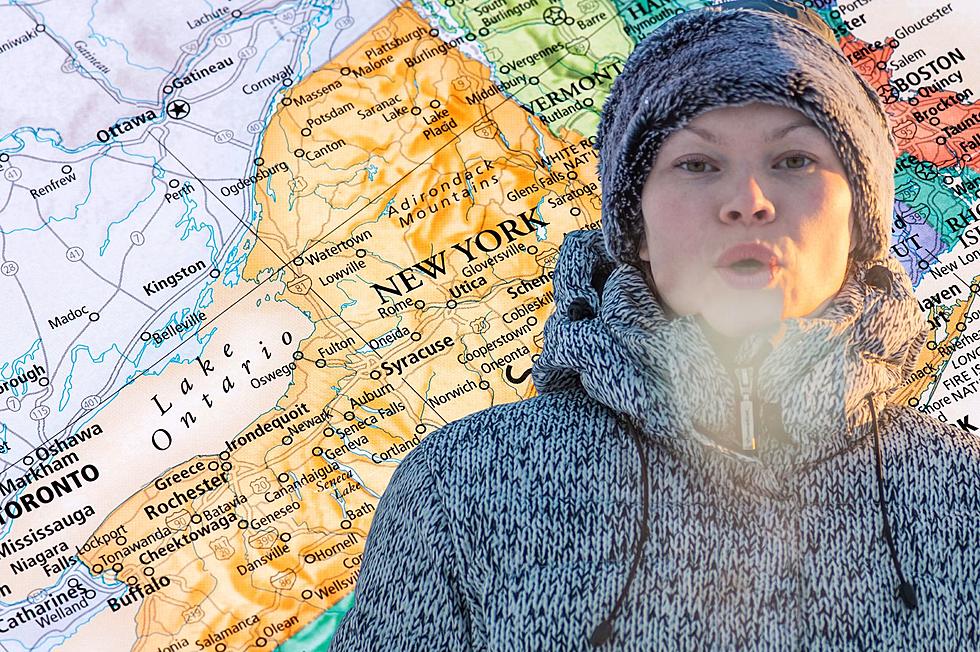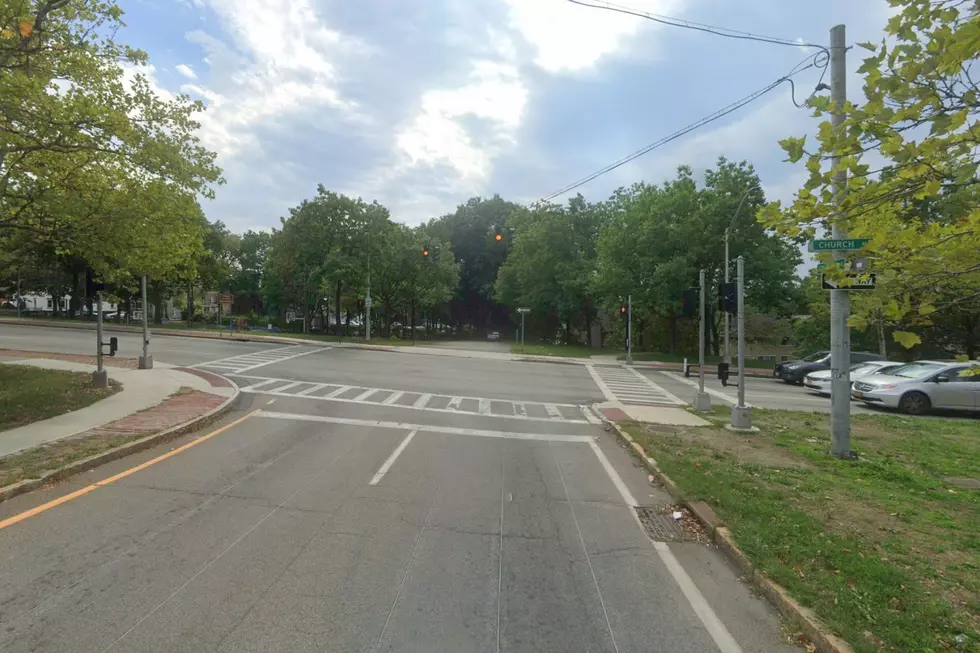
Brace Yourself, New York: How El Nino Will Impact Winter
Winter is on the way, and as the weather patterns shift, New Yorkers are curious to know what kind of season lies ahead.

This year, the El Nino weather phenomenon is intensifying, causing a stir among meteorologists who say that parts of the United States may be in for some interesting weather.
According to the National Oceanic and Atmospheric Administration (NOAA), there is a chance that El Nino could reach “historically strong” levels. The 2023-2024 winter season will be the first winter with an El Niño since the 2018-19 winter season.
El Nino Explained
El Nino occurs when the water near the equator of the eastern Pacific Ocean is warmer than the historical average for an extended period. According to NOAA, this year's El Nino is expected to be strong and may even reach historical levels.
Impact Of El Nino on New York's Climate
With the return of El Nino, New Yorkers should prepare for some significant changes in winter weather conditions. Unlike previous years dominated by the cooler La Nina, this flip can bring shifts in the jet stream.
Potential for Snowstorms on the East Coast
AccuWeather's long-range forecast predicts that in New York and other parts of the East Coast, El Nino could potentially bring snowstorms that are intensified which means that New York could see significantly more snowfall than last winter.
While New Yorkers are no strangers to winter weather and all of the punches it packs, it isn't a bad idea to consider that the weather this year, thanks to El Nino, has the potential to be a bit more extreme than what we've seen since the winter of 2019-2020 when literal feet of snow were dumped on us. It's never a bad idea to be prepared for whatever might be tossed our way.
LOOK: The most expensive weather and climate disasters in recent decades
Gallery Credit: KATELYN LEBOFF
KEEP READING: Get answers to 51 of the most frequently asked weather questions...
More From WRRV-WRRB









